President Emmerson Mnangagwa has instructed the Finance Ministry to ensure a monthly disbursement of USD 5 million toward the completion of the long-delayed Gwayi-Shangani Dam, government spokesperson George Charamba confirmed on X (formerly Twitter). So far, approximately USD 10 million has been released, enabling the construction of some four metres of the dam's all-concrete wall.
Despite these recent injections, the project remains only 72% complete, with progress significantly slowed due to persistent funding challenges. Construction of the dam wall itself has reached about 70% completion, but work has stalled amid ongoing financial constraints.
Adding to concerns, the construction of the 10MW mini-hydropower plant—a key component of the water transfer scheme—has been delayed. This plant is designed to power the pumping stations that will transport water over the planned 251-kilometre pipeline from the dam to Zimbabwe's second-largest city, Bulawayo.
Without the hydropower station, the ambitious plan to alleviate Bulawayo's chronic water shortages risks serious derailment. Limited budgetary support has significantly slowed the power plant's progress, casting doubt on the overall timeline for project completion.
Minister of Lands, Agriculture, Fisheries, Water and Rural Development, Dr Anxious Masuka, confirmed that Treasury has pledged to disburse USD 5 million monthly for the Gwayi-Shangani project. However, the actual budget allocations for 2025 remain inadequate.
The 2025 national budget allocates only ZWG 700 million (approximately USD 26 million) to the dam's construction and an additional ZWG 282 million (around USD 10.4 million) for the pipeline to Bulawayo. These amounts fall far short of what is needed.
A recent parliamentary report revealed that at least USD 84 million is still required to complete the dam wall, highlighting the severe funding gap. Without substantial new funding, both the dam and the hydropower plant risk prolonged delays.
Experts emphasize that the mini-hydropower plant is crucial—not merely for energy generation, but as the operational backbone of the water delivery system. It will provide the necessary power to pump water across vast distances to Bulawayo. Without it, the entire water transfer scheme could fail to function.
Bulawayo has suffered intermittent water rationing for years, and the Gwayi-Shangani project has been long hailed as the definitive solution to its water supply woes. However, with continued underfunding and stalled construction, the city's water crisis risks worsening.
The financial issues plaguing Gwayi-Shangani reflect wider budgetary limitations. The total allocation for all dam construction projects nationwide in 2025 stands at just USD 74 million—less than the amount still needed for the Gwayi-Shangani Dam alone.
As Zimbabwe enters the dry season and water demand increases, stakeholders are calling on the government to urgently reconsider priorities and explore alternative funding avenues. These could include concessional loans, public-private partnerships, or international support to salvage the project.
With mounting delays, attention is firmly on Treasury to transform its monthly funding pledge into consistent, tangible progress. The Gwayi-Shangani Dam, conceived decades ago, must not become another stalled mega-project in Zimbabwe's development history.
If completed, the dam and its hydropower plant will mark a vital step in securing reliable water supplies for Bulawayo and surrounding regions, boosting economic resilience and improving livelihoods.
- BD
 Zimbabwe launches new airline
Zimbabwe launches new airline  Hichilema meets Chivayo
Hichilema meets Chivayo  Millions celebrate Diwali festival in India
Millions celebrate Diwali festival in India  SA bitcoin firm mulls Zimbabwe listing
SA bitcoin firm mulls Zimbabwe listing  Gold edges up as traders await guidance
Gold edges up as traders await guidance  Airlink applies for Lanseria to Harare, Bulawayo route
Airlink applies for Lanseria to Harare, Bulawayo route  Young Investment Professional (YIP) Graduate Programme 2019
Young Investment Professional (YIP) Graduate Programme 2019 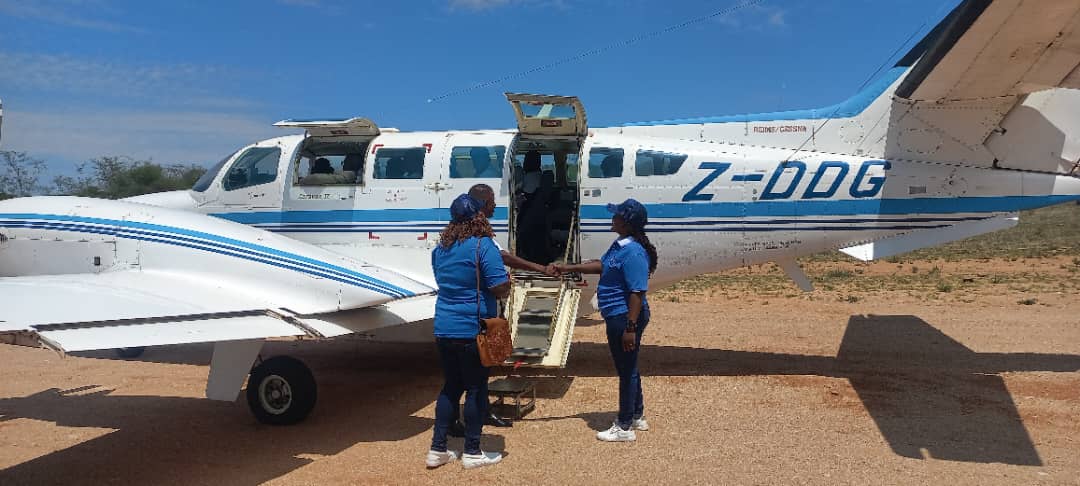


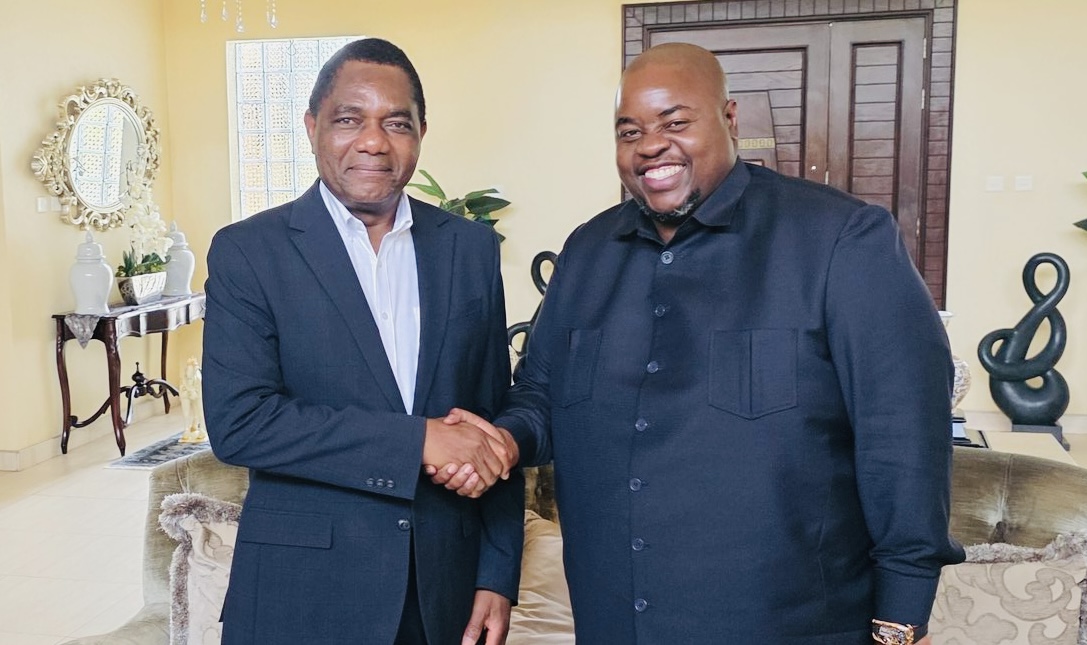
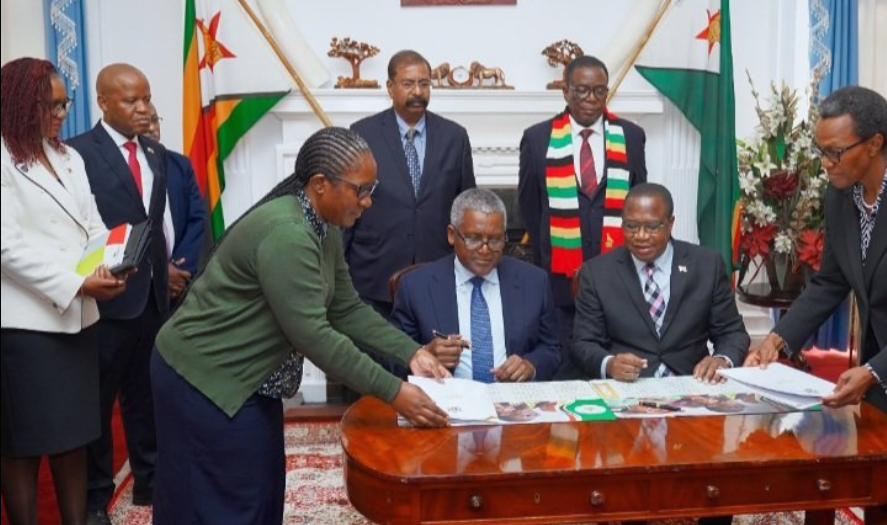
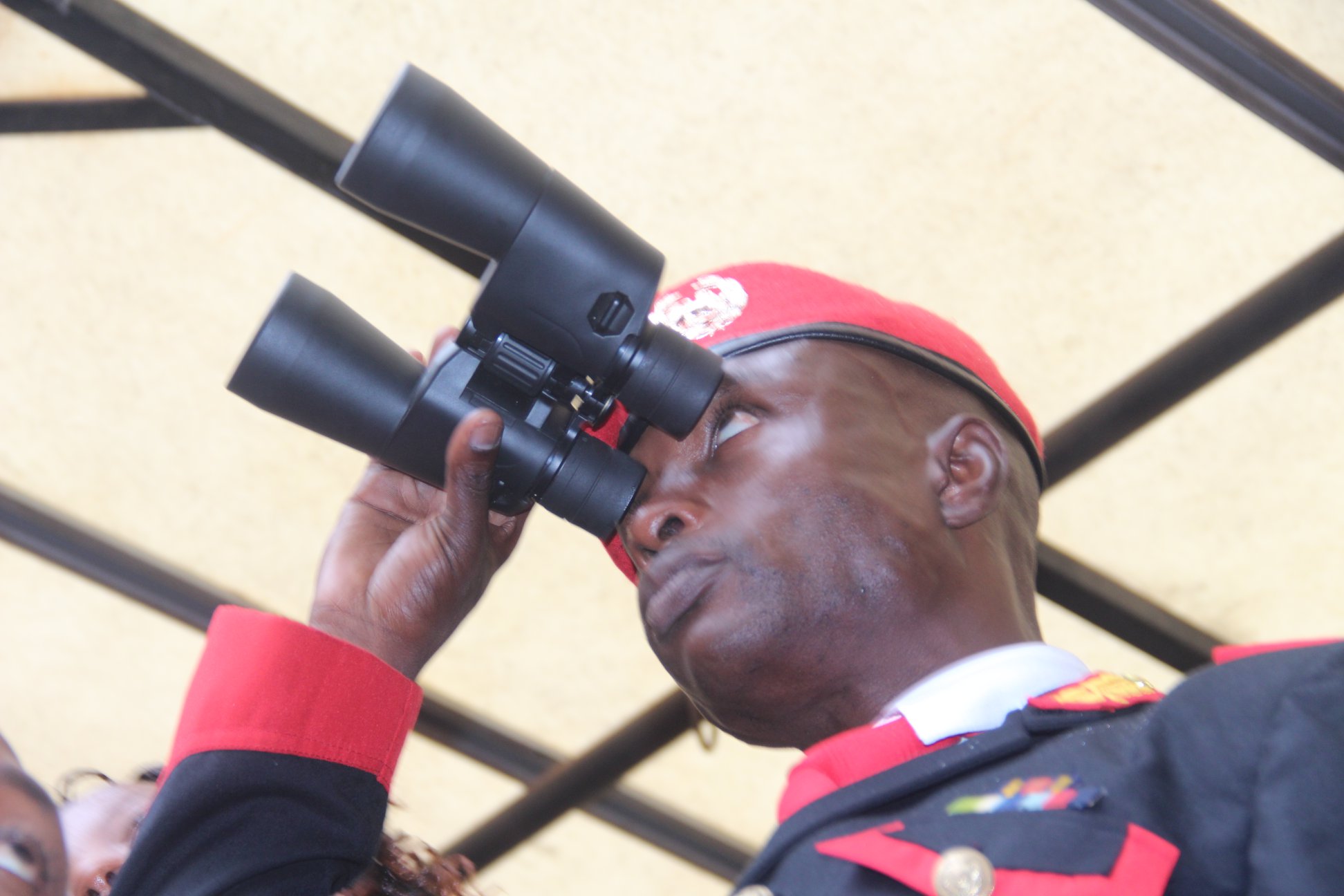
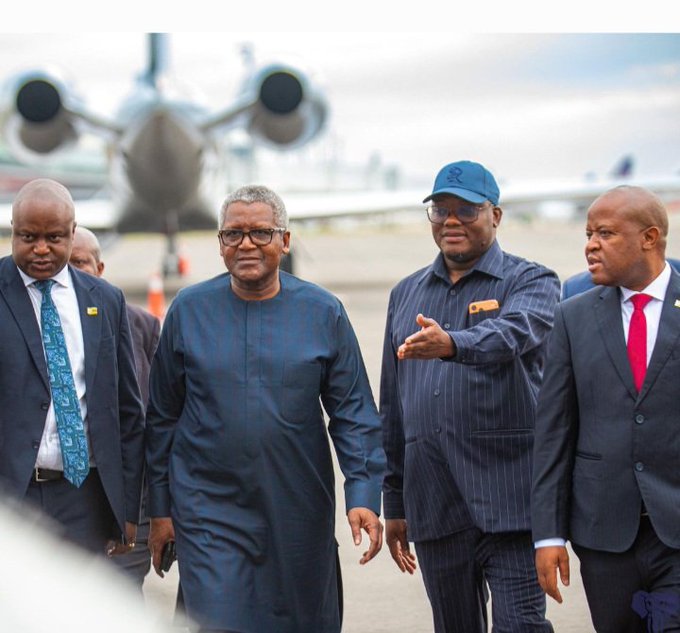
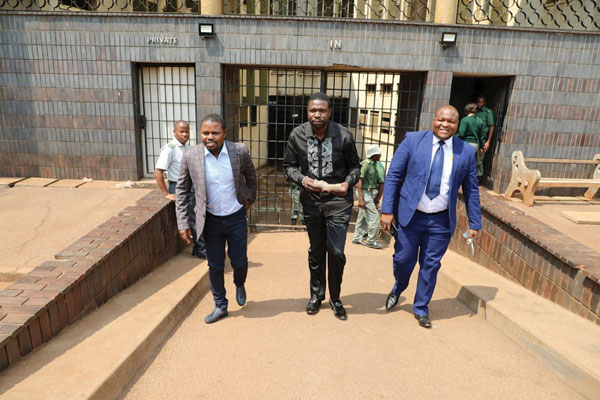
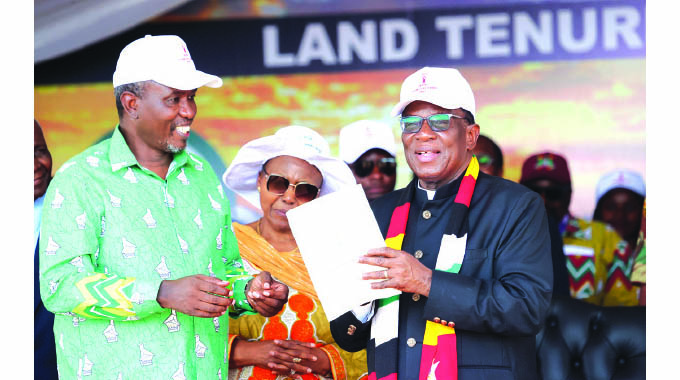


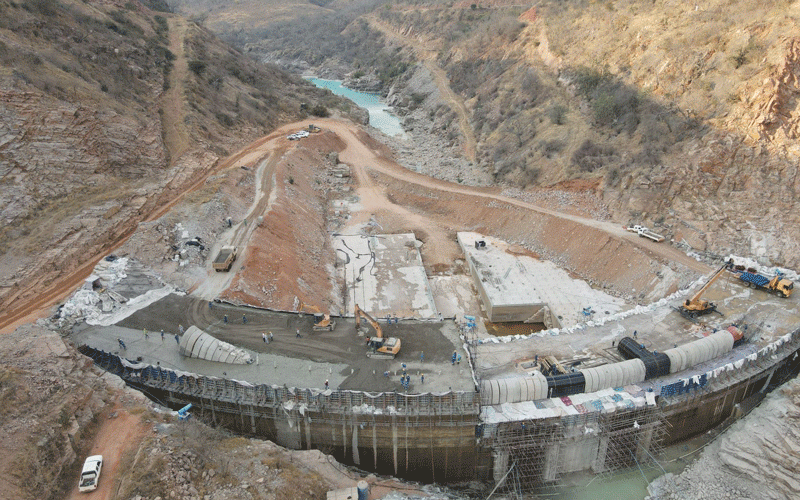
 Young Investment Professional (YIP) Graduate Programme 2019
Young Investment Professional (YIP) Graduate Programme 2019
Editor's Pick